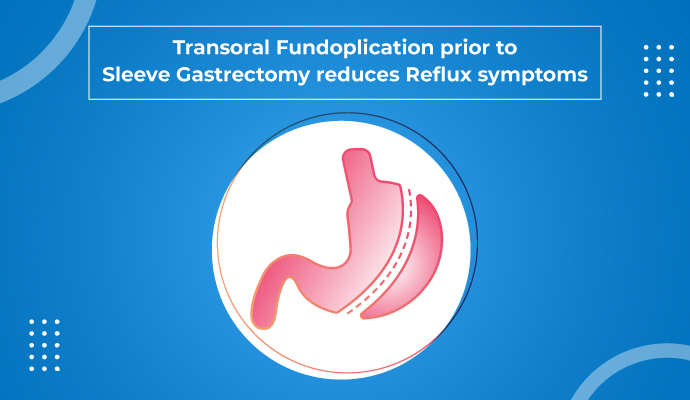
Sleep apnea and how it is associated with Obesity
Sleep apnea refers to a condition in which
58,981 total views, 104 views today
Home » Fatty Liver and Obesity
Prevalence : The prevalence of obesity and NAFLD varies across the globe. According to WHO, the worldwide rates of overweight and obesity have tripled since 1975 to 2016. Over 1.9 billion adults are overweight, of which 650 million are considered as obese. Globally, about 39% and 13% of the adult population is suffering from overweight and obesity respectively.
It is estimated that the prevalence of NAFLD worldwide is approximately 25%, which is still growing. Urbanization of majority of Asian countries accompanied with a rise in sedentary lifestyle and over-nutrition has triggered obesity to rise in alarming rates. The global epidemic of NAFLD in also found to increase in the same rate as of obesity. Estimation of future disease burden of NAFLD in accordance with obesity suggests a steep rise in cases of advanced liver diseases and related mortality in the coming years.
Risk profiles : Obesity is considered as the major modifiable risk factor for NAFLD. The risk of NAFLD is found to be two-fold higher in obese individuals, the development of which is strongly associated even with modest weight gain. Obesity also increases the risk of NASH, fibrosis, and liver cancer. The distribution of the body fat, rather than the amount of fat, is associated with NAFLD, strengthening the connection between visceral adiposity (fat tissue located deep in the abdomen and around internal organs) and NAFLD. Visceral adiposity is associated with insulin resistance and an increase in the amount of hepatic fat. The visceral adipose tissue releases pro-inflammatory and pro-fibrogenic mediators, such as tumour necrosis factor (TNF) and leptin, which are thought to play a role in increasing the risk of fibrosis.
It is well-known that insulin resistance is strongly associated with obesity. Yet, it is now believed that all the stages of NAFLD develop due to insulin resistance. Insulin resistance is a complex metabolic condition that can lead to an increase in the blood sugar levels. Additionally, it can increase the amount of circulating free fatty acids in the blood, the accumulation of which in the liver leads to fatty liver disease.
Body mass index (BMI) is also found to be closely related to liver damage, where an increase in the BMI poses a higher damage to the liver. Histological studies of the hepatic tissue specimens from diverse sources suggest that the prevalence rates of steatosis and steatohepatitis are approximately 15% and 3% respectively in non-obese patients. It rises to 65% and 20% respectively in individuals with class I and class II obesity, and 85% and 40% in patients with extreme obesity (BMI≥40 kg/m2).

Sleep apnea refers to a condition in which
58,981 total views, 104 views today

Since the beginning of 20th century, the overall
58,958 total views, 104 views today

New year is the time for new beginnings.
59,658 total views, 104 views today

Weight loss can be tricky business, as it
59,529 total views, 104 views today

According to a recent study, weight loss through
60,428 total views, 104 views today

According to a recent study, preoperative very low
60,429 total views, 104 views today

A recent study conducted on GERD (Gastroesophageal Reflux
60,433 total views, 104 views today

A recent study done to examine the long-term
59,312 total views, 101 views today

Overweight and obesity is a major health concern
29,581 total views, 69 views today

A recent study published in the Journal of
28,770 total views, 68 views today

The findings from a recent study, published in
29,011 total views, 68 views today

The findings of a recent study, published in
29,412 total views, 69 views today